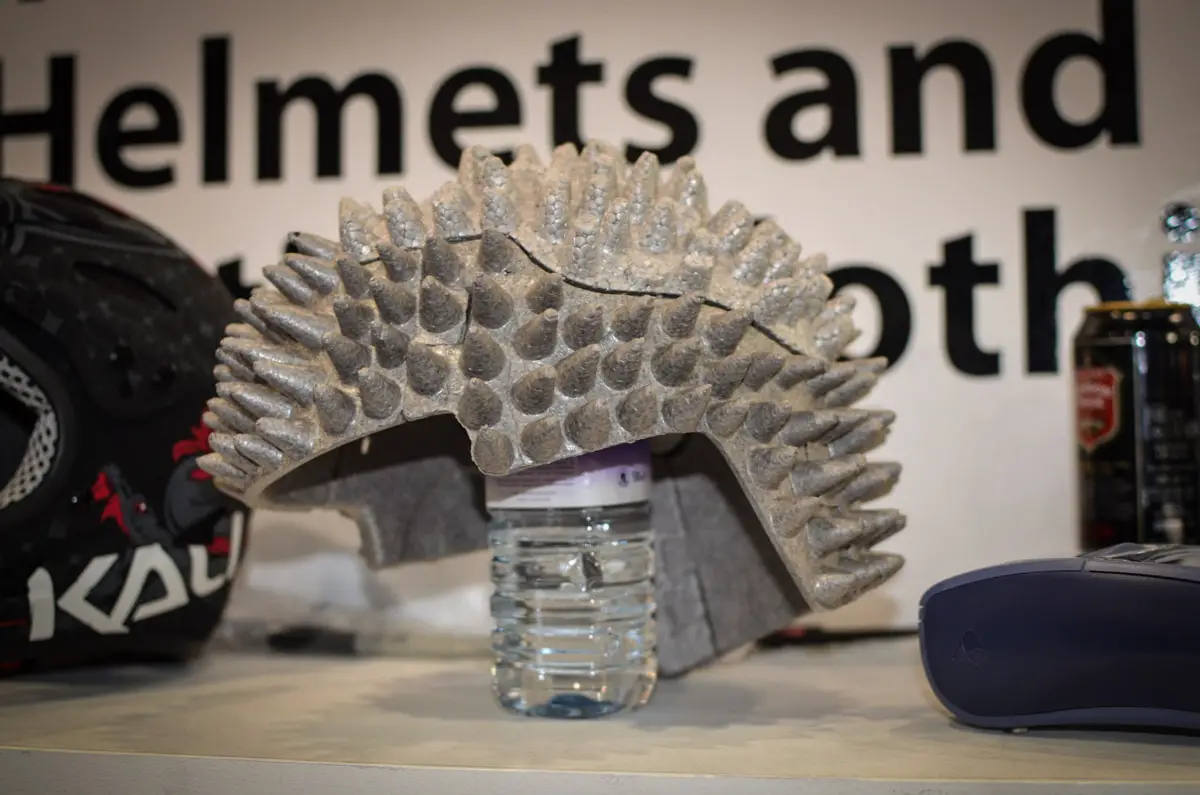I know there are a lot of threads on this, but i'm a lazy bastard and I just read this article and don't think its been posted yet, but its an interesting take on helmet safety standards.
http://www.bicycling.com/senseless/index.html
http://www.bicycling.com/senseless/index.html







